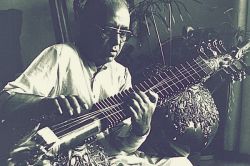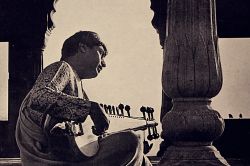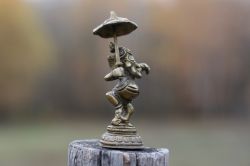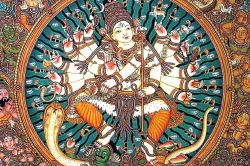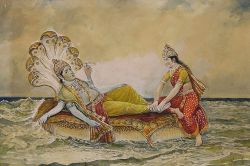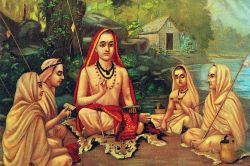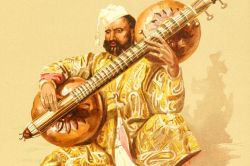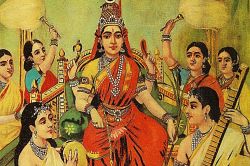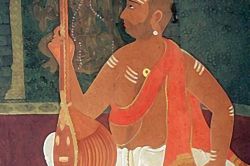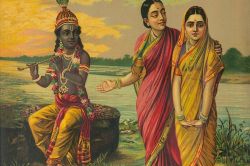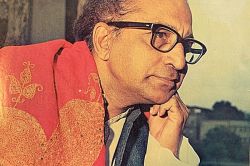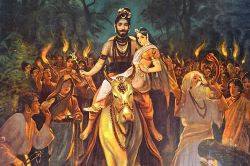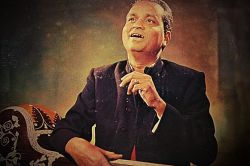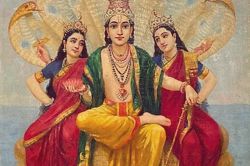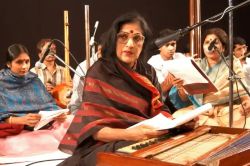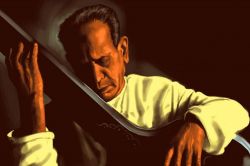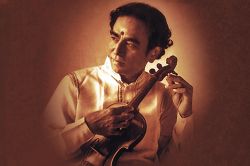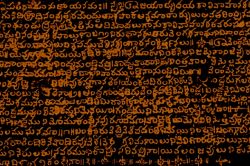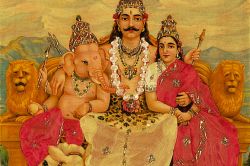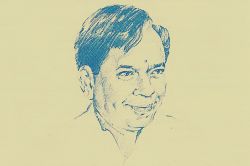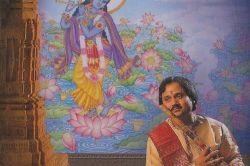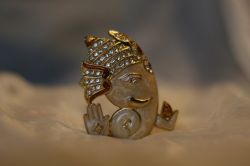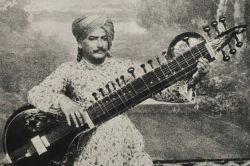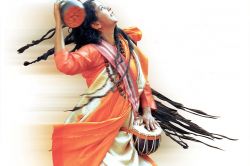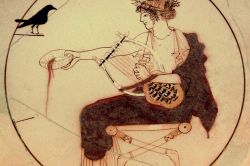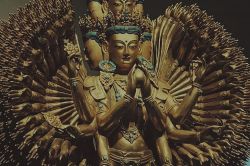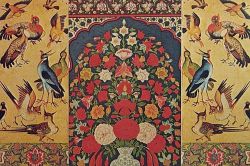Indian Classical
Indian classical music can be traced to the centuries leading up to the Natya Shastra manuscript which is the earliest Sanskrit document that describes performing arts. The first compilation of the Nāṭya Śāstra, written as a fifth Veda, is dated around 200 BCE, and it depicts dance, music and literary traditions in India.
By the 16th century, the classical music of the Indian subcontinent eventually had split into two traditions: Hindustani (North Indian classical music) and Carnatic (South Indian classical music). However, the two systems tended to share more common features rather than differ from one other entirely.
Virupaksha Temple in Hampi by Dr. Glazunov:
Indian classical music has two foundational elements: raga (melody) and tala (rhythm). The raga—or raag—forms a melodic structure, while the tala measures the time cycle.
Unlike the chords and polyphonic compositions of Western Classical music, Indian music consists of permanent improvisations which are based on around six thousand ragas with a set of fixed rules.
Indian raga is built on a certain thaat mode which corresponds to the scales of Western music, for example, Bilawal thaat is equivalent to the major scale.
The raga system suggests a particular time of day or season, in the belief that the human state of psyche and mind are affected by the seasons and by daily biological cycles and nature's rhythms.
Galaxy of Musicians by Raja Ravi Varma:

The performing techniques are passed through a system of schools called the gharānā (Hindi: family or lineage). A distinctive musical style of each vocal gharana or instrumental gharana includes not only peculiarities of performance and repertoire but also a broader ideology of music, aesthetics, and pedagogy.
Sitar, sarod, tabla drums, sarangi, bansuri, shehnai, and tambura are the most common instruments of the Indian subcontinent.
